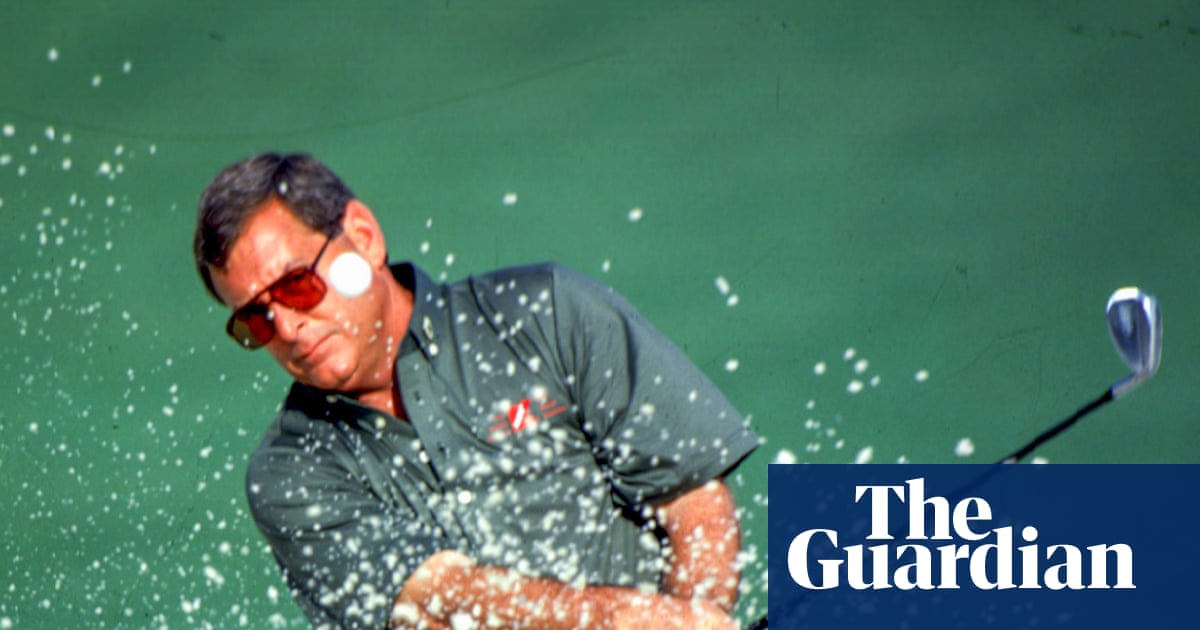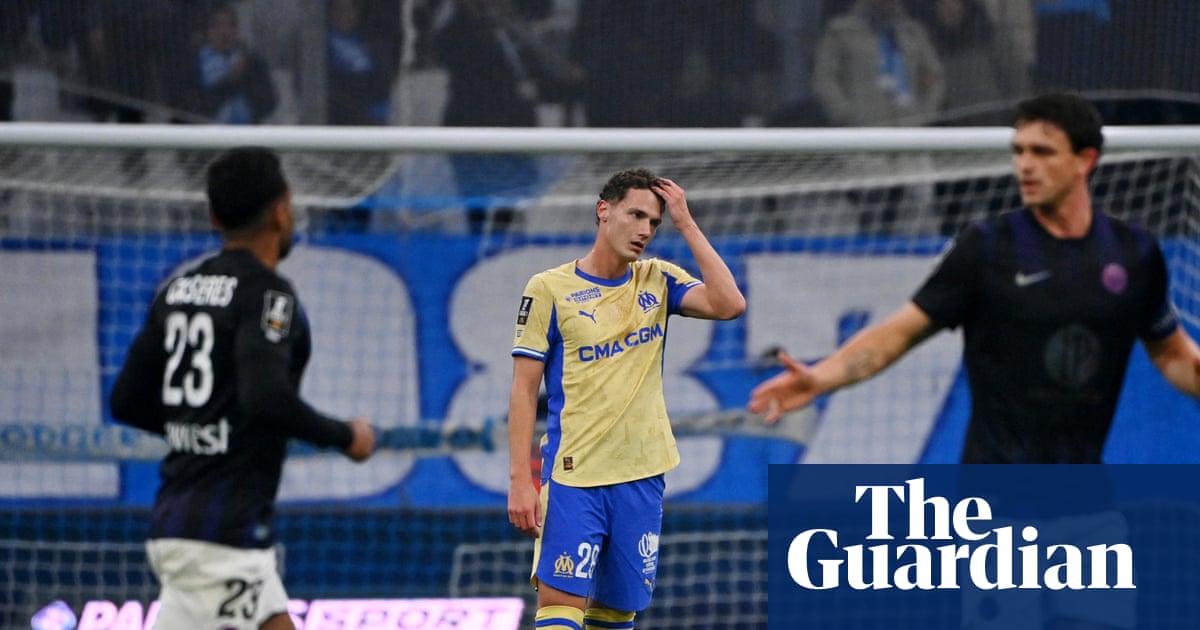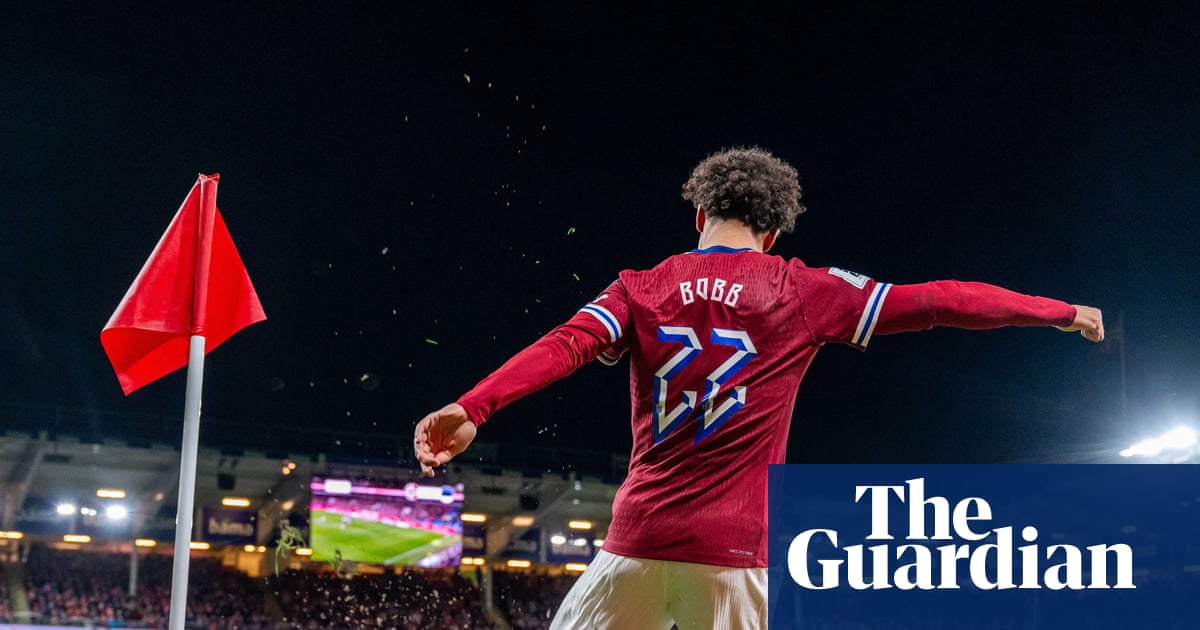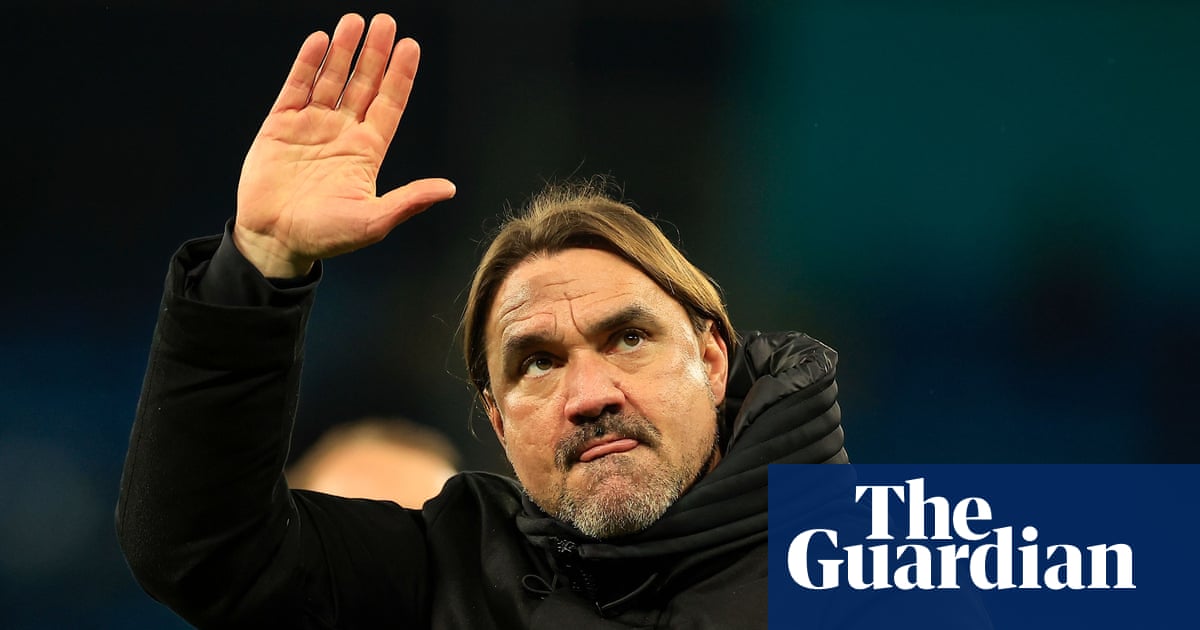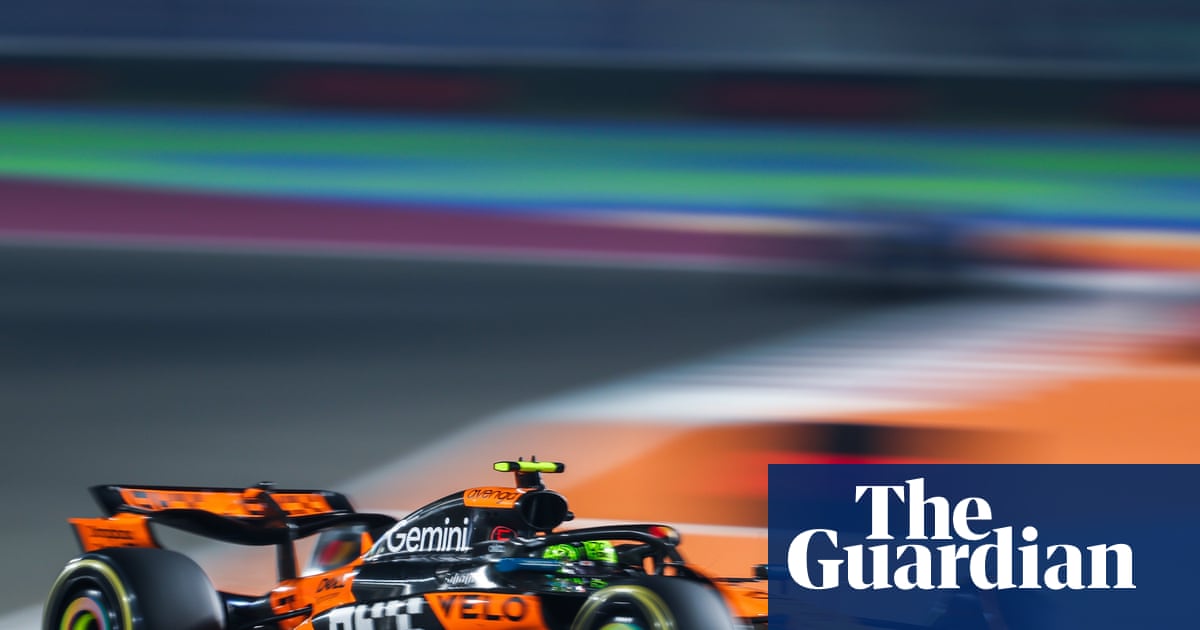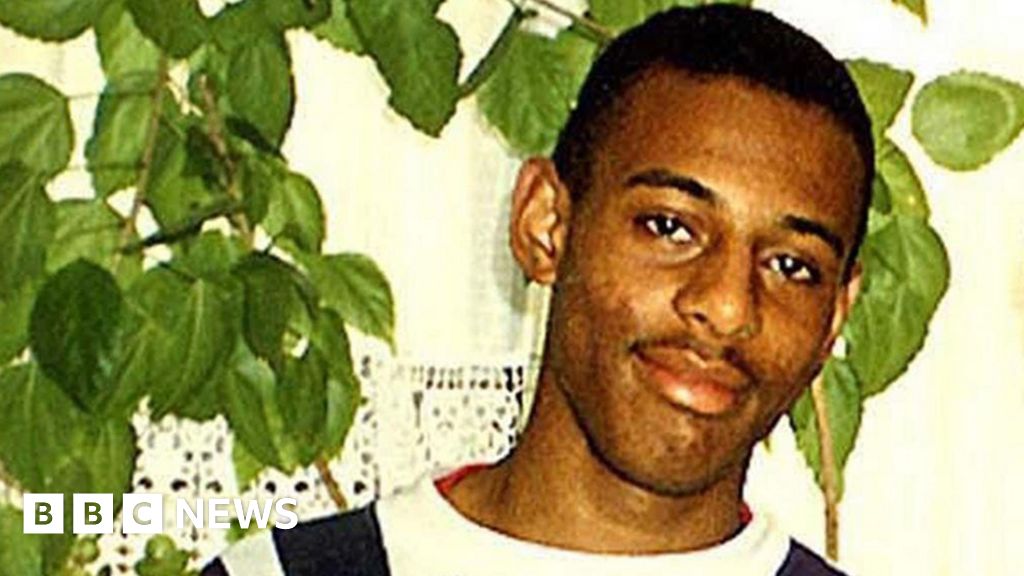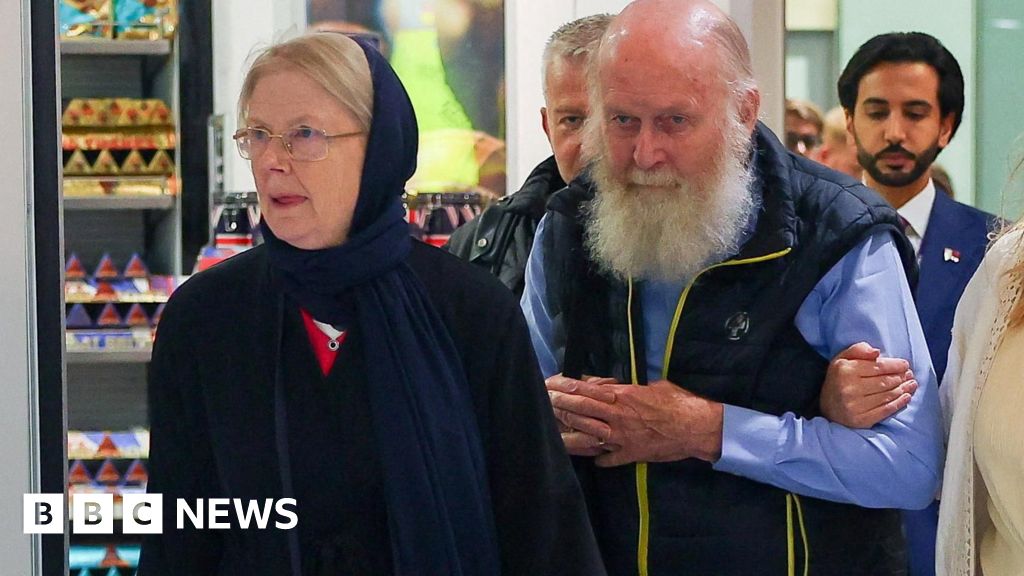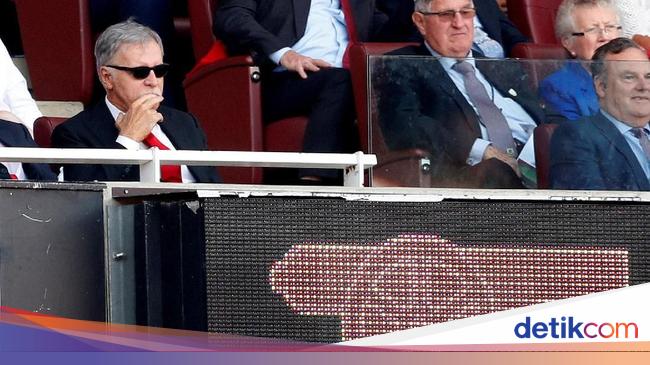A spectre is haunting the NBA – the spectre of Victor Wembanyama.
All the powers of the old guard have entered into a tenuous alliance to contain this unicorn: rivals Luka Dončić and Anthony Edwards, the Oklahoma City radicals, and the one with the most to lose, Nikola Jokić. Everyone senses the shift, from the veterans of past champions to the new faces of the league. The Spurs are a basketball dynasty-in-waiting.
The 7ft 4in (at least) forward from France signals an inevitable domination. Armed with a guard-like dribble, Defensive Player of the Year-type blocks, and Splash Brother-caliber three-pointers, San Antonio has become ground zero for the next great NBA team. For the second time this century.
The “MVP leap” talk no longer feels premature. Barring injury, the 21-year-old Frenchman will finish top five in voting while earning All-NBA first team and Defensive Player of the Year honors. How? By continuing to attack from the perimeter like a wing, reject screens while drawing contact, before finishing over other seven-footers like a dangling modifier. He’s tighter with the ball now – quicker decisions, zero hesitation, smoother footwork, cleaner finishes through traffic. The neophyte tremble is gone. He catches, drives and dictates a dish or dunk. In the post, you can see the fingerprints of Hakeem Olajuwon’s influence: jab steps, drop steps, and pivots with balance. (That’s not an accident.) On defense, he’s warping possessions with an eight-foot wingspan.
Against Dallas in last month’s season opener, Anthony Davis thought he had a layup. Until Wemby unfolded from nowhere to erase it, leaving AD begging for a goaltend. Ha. Riddle me this: what do you do when he blocks with one hand, rebounds with the other, and is somehow already pushing the ball in transition before the defense can process what happened? What about when he runs the floor like a guard, draws fouls in tight spaces, and forces teams into panic rotations? We don’t judge on how you choose to cope. Especially now that he’s attacking the paint more, initiating from the elbow, curling off pin-downs, and punishing doubles with kick-outs. Prayers up.
As the Spurs build upon their franchise-best 5-0 start, the league is scrambling to survive. History has shown that generational stars need three to four seasons of lottery picks to build the supporting cast around their star. Thanks to a combination of shrewd discernment and luck, the Spurs added Wemby to the best young core of the 21st century.
The Spurs had eight lottery picks in the last six NBA drafts. Of them, only Joshua Primo has flopped. Rob Dillingham, taken eighth in 2024, was traded on draft night to the Minnesota Timberwolves for an unprotected first-round pick in 2031 and a 2030 first-round pick swap. Gold. The 2022 Dejounte Murray trade was another heist, netting three first-rounders and a swap: a 2023 pick via Charlotte (from New York), a 2025 first, a 2026 swap, and a 2027 first. A fleece. This summer they used the No 14 pick on high-upside defensive wing Carter Bryant, rounding out one of the league’s richest young talent pools.
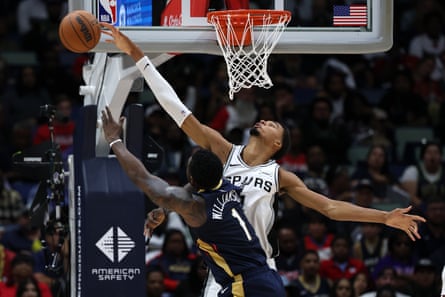
The rest of their picks were used to build out the surrounding core of three-and-D, multi-dimensional wings: three-level dawg Devin Vassell in 2020 (11th), defensive switchblade Jeremy Sochan in 2022 (ninth), Wemby first in 2023, last season’s Rookie of the Year dunking demon Stephon Castle fourth, and jumbo-sized table-setter Dylan Harper second in June. Look at that group. Everyone plays defense. Everyone can score. Athletic. Smart. Big. It’s not hyperbolic to say it’s the most promising young core in NBA history. Where OKC had a trio, San Antonio has a full-blown rotation.
It’s early, but Castle’s growing aggression has been one of the most notable developments. He’s no longer just cutting or filling lanes; he’s initiating and seeking contact. That confidence, paired with his size and defensive versatility, makes him an ideal connective piece between San Antonio’s shooters and playmakers.
Meanwhile, highly touted Harper was singled out as the biggest non-Wemby standout of camp and preseason. His downhill pressure forces rotations; his reads – whether to finish or kick – show poise beyond his age. The footwork is polished, the handle holds up against full-court pressure, and his ability to impact the game even coming off the bench underscores just how deep this roster runs.
With Harper and Castle complementing Wembanyama, the Spurs can toggle between two-big lineups and multi-guard looks, layering defensive switchability with offensive unpredictability. There’s an emerging identity here, capable of adapting to nearly any matchup or tempo.
Consider the poverty and pain that most NBA fans endure. For New York Knicks and Los Angeles Clippers fans, it has been decades since they last reached relevance. The Spurs were already the paradigm of winning this century – five championships between 1999 to 2014 from a total of six appearances, solidifying their hegemony over 15 years. After a generation featuring Hall of Fame-caliber players like Tim Duncan, Tony Parker, Manu Ginobili and Kawhi Leonard, they now enjoy the best prospect since LeBron James in Wembanyama. No dynasty has seen such a rapid return to relevance behind once-in-a-lifetime talents.
The other 29 NBA teams should win their championship while they can, as the Spurs will be a true contender starting this year. You read that right. The rebuild is done. There are no positional holes on this roster. The Spurs fortified the frontcourt with the summer’s best signing in Luke Kornet, adding his championship experience to Harrison Barnes’ Golden State Warriors ring, to add shooting, shot blocking and rebounding next to Wemby. Star big men typically see massive drop-offs in defense when they take the bench. Kornet ensures they remain formidable all 48 minutes.
Kornet’s intelligence as a roll man and soft hands make him elite in the dunker spot. We saw that synergy early this season in the two-man game with Wembanyama – defenders must step up on inverted pick-and-rolls because of Wemby’s shooting and driving gravity. That pressure opens decision points: spray-outs to shooters or interior finds to Kornet at the rim. Bring two to the ball, and Wemby will make you pay. Pick your poison.
Ancillary pieces like three-and-D ensemble player Justin Champagnie, crafty stretch-big Kelly Olynyk, and do-it-all bruiser Keldon Johnson round out the rotation. The team still lacks more than one dead-eye “sniper”, but that’s less concerning if they continue generating open threes through drive-and-kick actions. The real issue isn’t whether shots fall, especially if their offense consistently generates quality looks. Some opponents, especially length-heavy and switchable groups like the Thunder, may try to flatten that creation by switching or staying home on shooters to test San Antonio’s half-court engine.
Last season, the Spurs shot a combined 39% from three on 29 attempts per game, a quietly solid mark that hints at latent spacing potential if volume rises. There’s so much optionality in this system: layered counters, wrinkles, and inverted actions that simply didn’t exist in previous years. At the matrix of it all is Wemby.
This summer, he disappeared into a vegan monastery in the mountains of China, spending 10 days with monks. Over the duration he spoke to no one, returning hairless, patient and planetary. Shit has gotten real. Last season, they traded spare parts for All-Star De’Aaron Fox. This gives them three starter-level lead guards. Fox is currently out with injury. When he’s back, what do those three-guard lineups – Fox, Castle, Harper – actually look like? There’s real intrigue there: constant rim pressure, two-way guard play, nonstop pace, and, at minimum, quality guard play for all 48 minutes.
Early results are strong, but not spotless. They’ve jumped out to leads and watched them shrink – or flat-out vanish – against Brooklyn and Toronto. GOAT coach Greg Popovich’s successor, Mitch Johnson, has laid a foundation that looks real: sixth in offensive rating, second in defensive rating and first overall in net rating. It will take time to mesh, but once they add Fox’s pace, it’s a two-man game that punishes every coverage: drop, switch, double, blitz, doesn’t matter.
What makes them scarier is the lineup flexibility. They have three dynamic guards that can mix and match. They can play big with Kornet or Olynyk and still spread you out – because Wemby can curl, roll, or run point from the slot.
Defensively, new assistant coach Sean Sweeney has built disruption around his long guards – Castle, Champagnie, Harper, and Johnson – by having them pick up early, chase through actions instead of switching, and funnel everything toward Wemby’s reach. He rises. He folds. He reappears. They’ve turned the widely spammed “zoom handoff” into a trap, closing gaps before they open. Wemby anchors it all, a deterrent and destroyer rolled into one, allowing the rest to press higher and close out harder, knowing the backline is covered. It’s everything, everywhere, all at once. And it’s only going to get worse – for everyone else. There’s no stopping what’s coming. In fact, it’s already here.
.png)
 1 month ago
32
1 month ago
32







